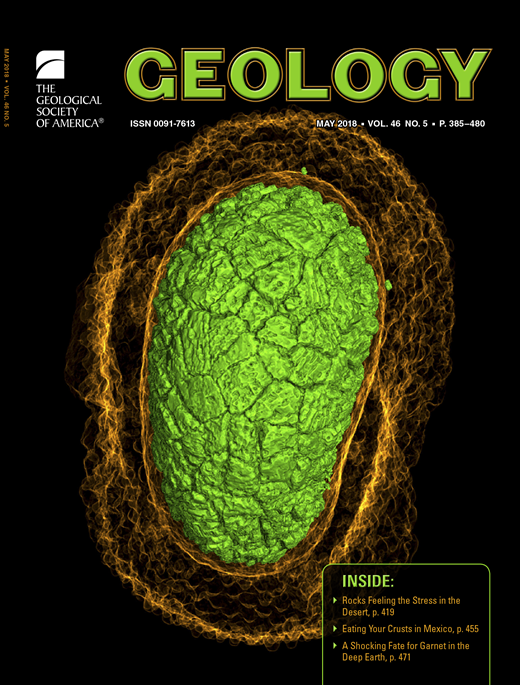
Discoveries of animal embryos have profoundly improved our understanding of the early evolution of animal development. However, the fossil record of early animal embryos is extremely rare. Recently, a team from NIGPAS and University of Southern California discovered some three-dimensionally (3-D) phosphatized animal embryos called “Archaeooides” from the basal Cambrian (about 535 million years ago) in southern Shaanxi Province, China. This research was published in Geology as a cover paper in this May.
In order to reveal the morphology and internal structures of these Archaeooides fossils, the researchers applied advanced high-resolution X-ray microscopic tomography to produce 3-D reconstructions of a number of specimens. And the high quality dataset they got demonstrates that these soft-bodied fossil organisms have a thick cyst characterized by pustule-like ornaments and vesicular structures. Furthermore, a multicellular inner body undergoing palintomic cell division is enclosed by the cyst. The suite of characters, including submillimeter to millimeter scale, a palintomic pattern of cell division, and a complex cyst wall microstructure, corroborate the hypothesis that Archaeooides fossils represent the embryonic remains of animals. More specifically, the structure of the cyst wall bears close comparison to the resting cysts of living invertebrates, allowing the research to interpret Archaeooides as a diapause embryonic stage. Like the extant invertebrate diapause embryos which can survived in harsh environmental conditions, Archaeooides evolved thick, porous cyst to adapt to the temporally and spatially heterogeneous redox conditions that likely extended from the Ediacaran to the early Cambrian. The global distribution of fossil Archaeooides indicates that these environmental conditions were geographically widespread.
In the light of this research, Archaeooides provides evidence of the early evolution of this metazoan life history strategy as an adaptation to adverse environmental conditions. Its widespread occurrence in both conventional and exceptional taphonomic windows provides the potential for reconstructing its embryology and, by inference, the developmental evolution of early animals and their body plans.
Download:
